Written by Hannah Kingston on July 23, 2021
We talk you through different kinds of flowers and what they mean so you can make your loved one’s days with extra meaning when you send a bouquet of flowers.
Different kinds of flowers and what they mean
Let’s talk through different kinds of flowers and what they mean so you can easily pick flowers for your loved ones for any occasion.
- Abatina: Fickleness
- Acanthus: The fine art, Artifice
- Aloe: Affection, also Grief
- Amaryllis: Pride
- Anemone: Forsaken
- Angelica: Inspiration
- Apple blossom: Preference
- Arborvitae: Unchanging friendship
- Aster: Symbol of Love, Daintiness
- Bachelor’s button: Single blessedness
- Basil: Good wishes
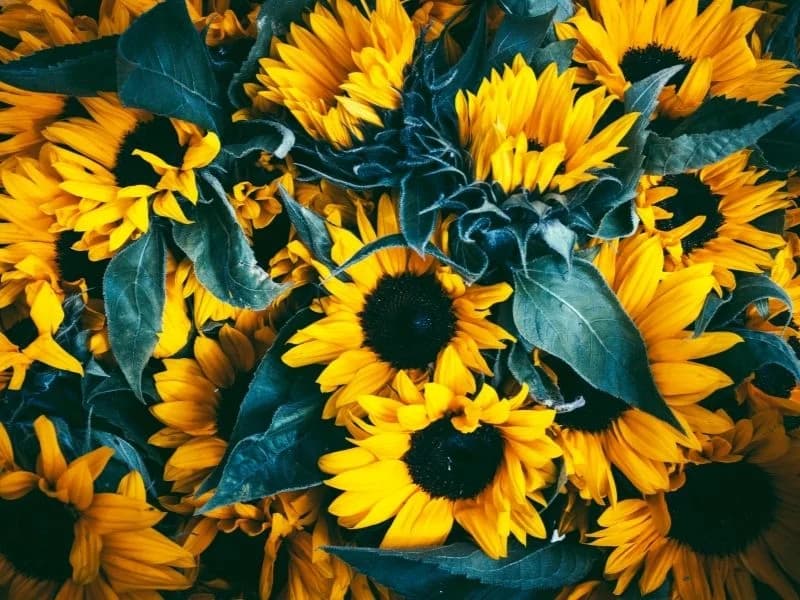
- Bay tree: Glory
- Begonia: Beware
- Belledonna: Silence
- Bittersweet: Truth
- Black-eyed Susan: Justice
- Bluebell: Humility
- Borage: Bluntness, Directness
- Butterfly weed: Let me go
- Camellia, pink: Longing For You
- Camellia, red: You’re a Flame in My Heart
- Camellia, white:You’re Adorable
- Candytuft: Indifference
- Carnation: Fascination, Women Love
- – Red carnation: Alas for my poor heart, my heart aches
- – White carnation: Innocence, Pure love, Women’s good luck gift
- – Pink carnation: I’ll never forget you
- – Striped: Refusal
- – Yellow carnation: Disdain, Disappointment, Rejection
- Chamomile: Patience in adversity
- Chives: Usefulness
- Chrysanthemum, red: I love you
- Chrysanthemum, yellow: Slighted love
- Chrysanthemum, white: Truth
- Clematis: Mental beauty
- Clematis, evergreen: Poverty
- Clover, white: Think of me
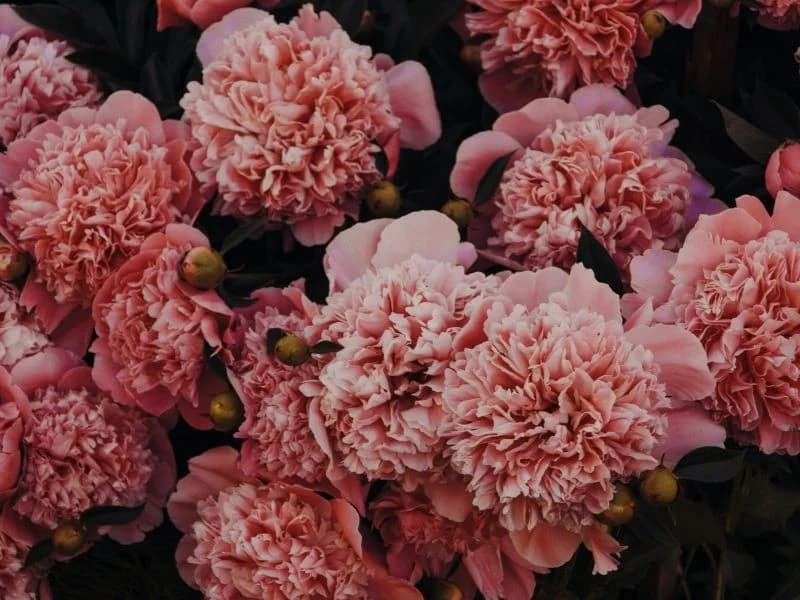
- Columbine: Foolishness, folly
- Columbine, purple: Resolution
- Columbine, red: Anxious, Trembling
- Coreopsis: Always cheerful
- Coriander: Hidden worth/merit
- Crab blossom: Ill nature
- Crocus, spring: Cheerfulness, Youthful gladness
- Cyclamen: Resignation, Diffidence, Goodbye
- Daffodil: Regard, Unequalled Love
- Dahlia, single: Good taste
- Daisy: Innocence, Loyal love, I’ll never tell
- Dill: Powerful against evil
- Edelweiss: Courage, devotion
- Fennel: Flattery
- Fern: Magic, Fascination, Secret bonds of love
- Forget-me-not: True love memories, Do not forget me
- Gardenia: You’re lovely, Secret love
- Geranium: Folly, Stupidity
- Gladiolus: Flower of the Gladiators, Integrity, Strength, Victory
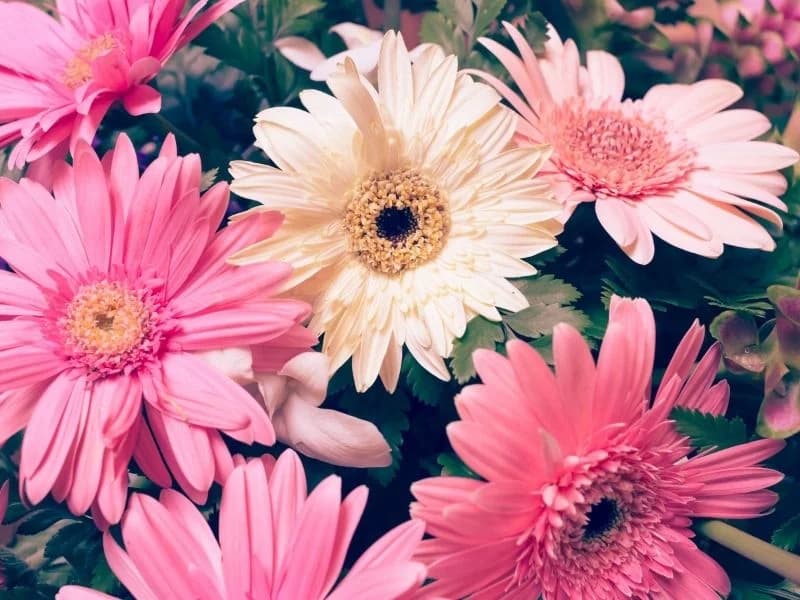
- Goldenrod: Encouragement, Good fortune
- Heliotrope: Eternal love, Devotion
- Hibiscus: Delicate beauty
- Holly: Defense, Domestic happiness
- Hollyhock: Ambition
- Honeysuckle: Bonds of love
- Hyacinth: Sport, Game, Play
- – Blue Hyacinth: Constancy
- – Purple Hyacinth: Sorrow
- – Yellow Hyacinth: Jealousy
- – White Hyacinth: Loveliness, Prayers for someone
- Hydrangea: Gratitude for being understood; Frigidity and heartlessness
- Hyssop: Sacrifice, Cleanliness
- Iris: Faith, trust, Wisdom, Hope, Valor
- Ivy: Affection, Friendship, Fidelity
- Jasmine, white: Sweet love, Amiability
- Jasmine, yellow
- Grace; Elegance
- Lady’s Slipper
- Capricious beauty
- Larkspur
- Open heart, levity, lightness, fickleness (pink or simple varieties).
- Lavender: Distrust
- Lemon balm: Sympathy
- Lilac: Joy of youth
- Lily (white): Virgin, Purity, Heavenly
- Lily (yellow): Happy, Gay, Walking on air
- Lily (orange): Hatred
- Lily, calla: Beauty
- Lily, day: Chinese emblem for mother
- Lily, tiger : Wealth, Pride
- Lily-of-the-valley: Sweetness, Tears of the Virgin Mary, Humility
- Lotus Flower: Purity, Enlightenment, Self-regeneration, and Rebirth
- Magnolia: Nobility, Love of nature
- Marigold: Grief, jealousy
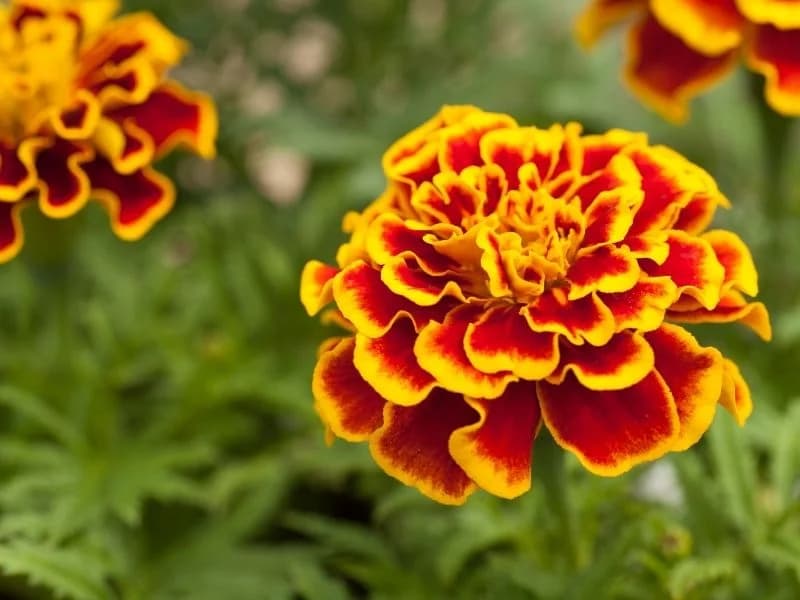
- Marjoram: Joy and happiness
- Mint: Virtue
- Morning glory: Affection
- Myrtle: Good luck, love in a marriage
- Nasturtium: Patriotism, Conquest, Victory in Battle
- Oak: Strength
- Oregano: Substance
- Pansy: Thoughts
- Parsley: Festivity
- Peony: Bashful, Happy Life or Shame
- Pine: Humility, Piety
- Poppy: Consolation
- Rhododendron: Danger, beware
- Rose, red: Love, I love you
- Rose, dark crimson: Mourning
- Rose, pink: Happiness
- Rose, white
- Innocence, Heavenly, I’m worthy of you
- Rose, yellow: Jealousy, Decrease of love, Infidelity
- Rosemary: Remembrance
- Rue: Grace, clear vision
- Sage: Wisdom, immortality
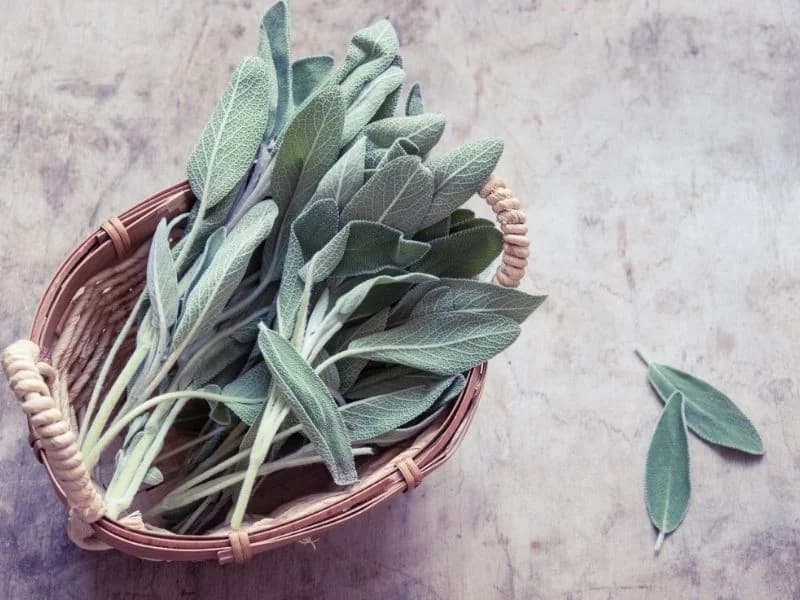
- Salvia, blue: I think of you
- Salvia, red: Forever mine
- Savory: Spice, interest
- Snapdragon: Deception, Graciousness
- Sorrel: Affection
- Southernwood: Constancy, jest
- Spearmint: Warmth of sentiment
- Speedwell: Feminine fidelity
- Sunflower, dwarf: Adoration
- Sunflower, tall: Haughtiness
- Sweet pea: Blissful pleasures, Good-bye, Thank you for a lovely time
- Sweet William: Gallantry
- Sweet woodruff: Humility
- Tansy: Hostile thoughts, declaring war
- Tarragon: Lasting interest
- Thyme: Courage, strength
- Tulip, red: Passion, declaration of love
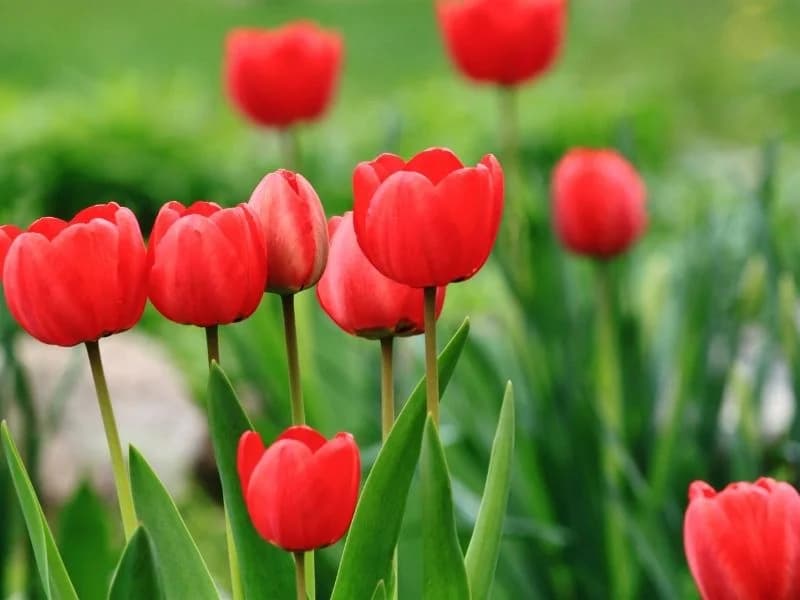
- Tulip, yellow: Sunshine in your smile
- Valerian: Readiness
- Violet: Watchfullness, Modesty, Faithfulness
- Willow: Sadness
- Yarrow: Everlasting love
- Zinnia: Thoughts of absent friends, lasting affection
What do different colours of flowers mean?
Flowers have different meanings but the colour of flowers also have different meanings, so choose wisely!
Let’s run through the different colours of flowers and what they mean.
First things first, it’s important to remember that different colours coupled with different flowers have convey a great variety of emotions and meanings.
For example, a red rose says “I love you!” whereas a red carnation says “my heart aches for you” - therefore it can be difficult to attribute different colours to various emotions.
So when we talk about colour meanings, we are speaking quite generally. Make sure to double check the flower plus flower colour for the most accurate results!
- Red: Love, strength, desire, beauty, courage, heat.
- Blue: Inspiration, hope, peace, calm, openness, serenity, innocence.
- Pink: Femininity, grace, happiness, gentility, innocence, youth, joy, happiness.
- Purple: Admiration, dignity, pride, success.
- Yellow: Happiness, new beginnings, youth, joy, lightheartedness.
- Orange: Excitement, enthusiasm, happiness, joy, vibrancy.
- Green: Rebirth, youth, renewal, good fortune, good health.
- White: Innocence, purity, honesty, elegance.
- Black: Mystery, rebirth, power, renewal.
How do you categorize flowers?
Flowers can be categorized intotwo large groups:
- Dicots
- Monocots.
Dicots, also known as dicotyledons
Two thirds of flowers are dicots. Dicots are plants with two seed leaves. Dicots include all wildflowers. Dicots are categorized by “net-veined” leaves, which means they have the familiar leaves with center vein plus branching veins running from it.
Monocots, also known as monocotyledons
One third of flowering plants are monocots. Monocots are plants with one seed leaf, they are the simpler plants such as grasses. Monocots have parallel-veined leaves.
What are the four major plant classification?
There are four major plant groups on land:
- Bryophytes (mosses)
- Pteridophytes (ferns)
- Gymnosperms (cone-bearing plants)
- Angiosperms (flowering plants)
Flowering plants (angiosperms) comprise about 90 percent of the Kingdom Plantae. The total number of described species exceeds 250,000, and many tropical species are as yet unnamed.
Flowers are also categorized by the way in which they flower. There are more than 130 types of flowers to choose from, all of which fall into four groups: focal flowers, filler flowers, greenery or line flowers. Flowers from each group come together to form a bouquet that is both stunning and structurally sound.
Resources
- Flower Meanings: The Language of Flowers- almanac.com
- How do you categorize flowers? - green-infos.com
- Diversity of flowering plants - www2.palomar.edu